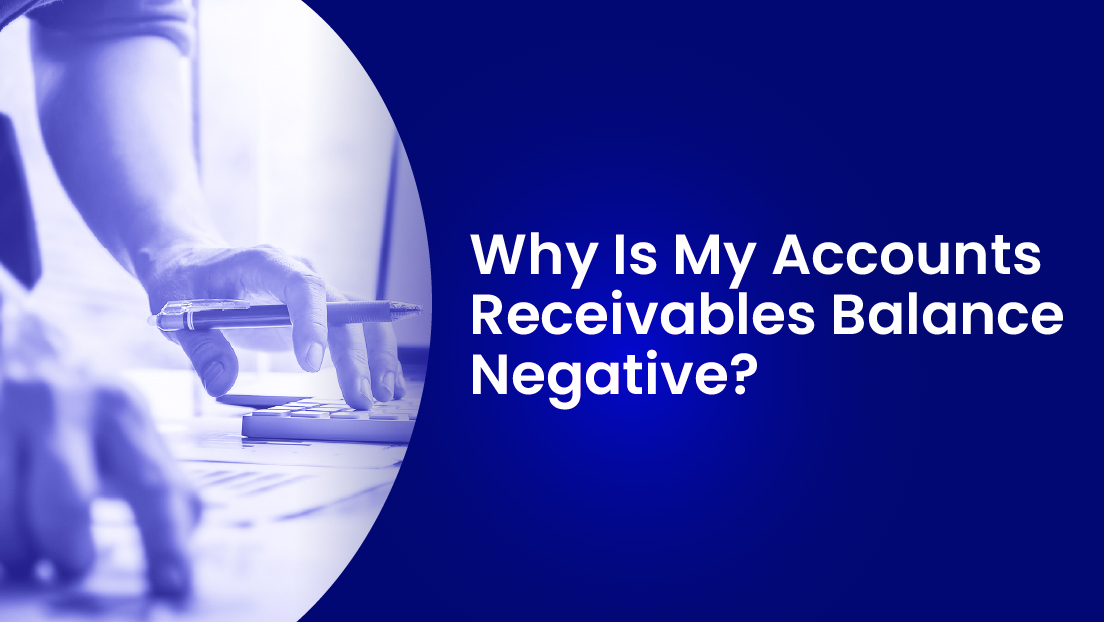If your business provides credit to customers, then you likely encountered a notes receivable before. This promissory note details payment for a loan within a certain time period at a specific interest rate. Most notes last for about a year, but it is not uncommon for payment terms to far exceed this.
Notes Receivable in Accounting
Most small businesses use the cash-basis of accounting because of its simplicity. This accounting method only records income and expenses at the time they take place. This can make it a little tricky to account for notes receivables, which are better structured for accrual accounting systems. When it comes to accrual accounts and notes receivable, the finance team records the transaction at the time the promissory note is made.
Notes Receivable: Example
When reviewing accounts and notes receivable transactions, it’s important to consider it from two angles. These include the lender and the debtor as well as accrual vs. cash.
The Lender
Retail Bob is having a difficult time sourcing enough produce to meet customer needs. So, it provides a $250,000 loan to its top-producing produce supplier to expand the farm. The farmer provides a promissory note to repay the loan in a year. Retail Bob debits its current asset account for the $250,000 and debits its cash account.
For cash-based accounting, Retail Bob debits the cash account to represent the full total lent. However, it records the credit entries for each payment at the time received or for a lump sum repayment when the loan matures.
The Debtor
Farmer Andy receives a $250,000 loan from Retail Bob to expand his farm and increase production. His accountant debits the current assets account to represent the cash coming in. It then adds a matching credit account for repayment.
For cash-based accounting, Farmer Andy’s accountant credits the account for the full $250,000 received. However, he or she only records credit payments to match transactions representing Farmer Andy’s installment payments or lump sum repayment.
Notes Payable vs. Notes Receivable
A notes payable is the corresponding document for notes receivables or promissory notes. The notes payable is a liability account included in the general ledger that details the debt owed. Consider the example above of Retail Bob and Farmer Andy. Retail Bob has a notes receivable to show how much it can expect to receive, while Farmer Andy has a notes payable to detail what it must repay.
Notes Receivables and Gaviti
If your organization includes notes receivables in the business model, leveraging technology can streamline the process. Technology makes the following steps easier:
- Offering credit terms to eligible customers
- Accepting and processing credit applications from customers
- Formalizing the documentation process
- Reconciling the accounts
- Tracking and prompting on-time payments
Gaviti makes it possible to complete these and other tasks quickly and easily. Our accounts receivable software simplifies the process, so you can spend less time chasing payments and more time on improving efficiency and the core functions of your business.
We’re so confident you’ll love our product once you try it that we make it easy to get started with a free demo. Book yours today.






















